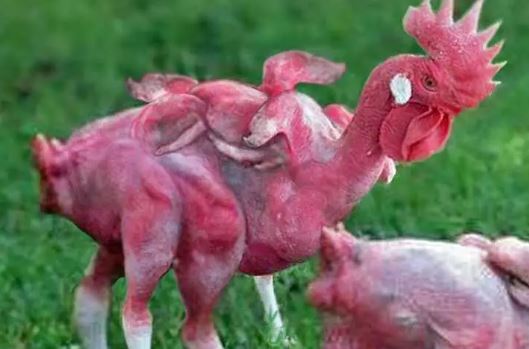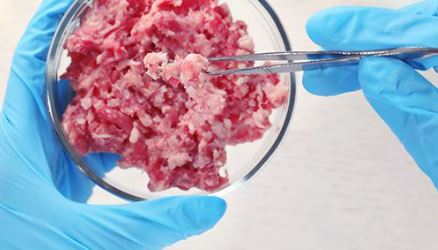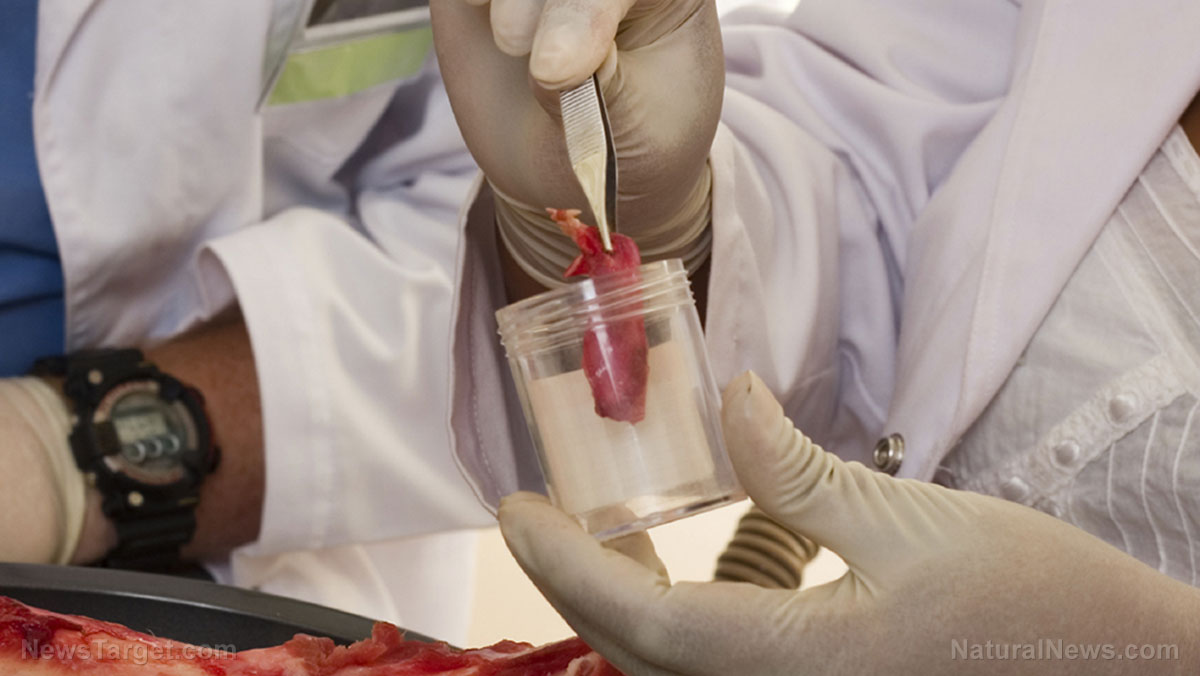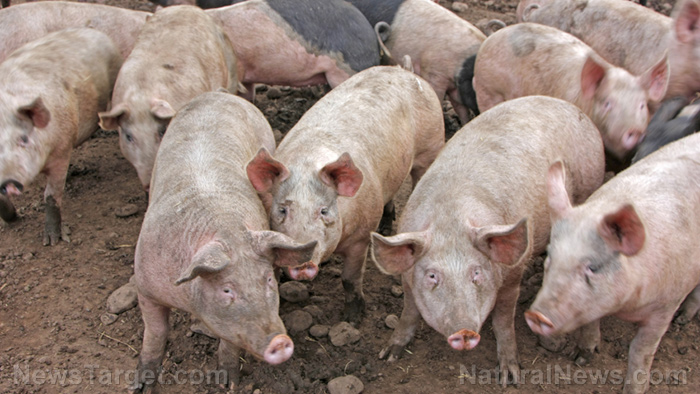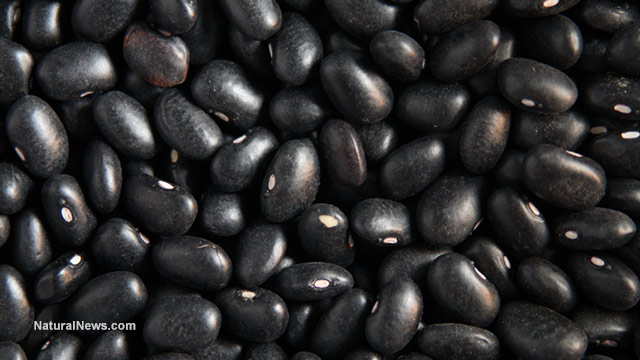FrankenMeats are here: Soybeans are being genetically engineered to grow pig protein
07/18/2023 / By Lance D Johnson

A company out of the UK – Moolec – has developed a new line of soybeans called Piggy Sooy. These new soybeans are genetically engineered to produce pig proteins. The new soybean crops will be harvested traditionally and will be incorporated into “plant-based meats” and other substitute meat products. Researchers are warning about the genetic and generational consequences of these experimental gene edits.
Soybeans and other common crops to be replaced with genetically engineered meat substitute crops
Moolec is poised to profit from the latest CRISPR-Cas gene-editing experiment that effectively splices conventional soya to create a soybean with 26.6 percent animal protein. Due to the gene edits, the interior portion of this new soybean hybrid presents a rosy flesh color. The company claims that these new hybrids will provide similar taste, texture, and nutritional value as animal meat. The company is currently working on a pea plant that produces cow protein. The exact animal genes used in these experiments are considered trade secrets.
“Moolec has developed a unique, successful, and patentable platform for the expression of highly valuable proteins in the seeds of economically important crops such as soybeans,’ says Amit Dhingra, the company’s chief science officer. “This achievement opens up a precedent for the entire scientific community that is looking to achieve high levels of protein expression in seeds via molecular farming.”
These new Frankenfoods are designed to be the “alternative” to traditional meat, which includes raising and slaughtering pigs/cows for human consumption. Animal husbandry is now considered a threat to the climate and is being phased out all around the world to make way for the globalists’ genetic experimentation and control over the food supply. These new Frankenfoods are intended to provide more options for consumers who might reject lab-grown, petri-dish meat strains that are also currently in production. The U.S. Department of Agriculture recently authorized the sale of cell-cultivated chicken on June 21. Chicken meat will soon be grown from stem cells in a bioreactor.
Study warns that CRISP-Cas gene editing of plants will have dire consequences
CRISPR-Cas gene editing wreaks havoc in the plant genome, as documented in a new study – A CRISPR-induced DNA break can trigger crossover, chromosomal loss, and chromothripsis-like rearrangements. It turns out there are alarming issues that come from genetic experiments involving plant and animal gene splicing.
“Recent scientific findings have revealed chromothripsis-like effects after the application of CRISPR/Cas gene editing in the genome of tomatoes … Chromothripsis refers to a phenomenon in which often several hundred genetic changes occur simultaneously in a catastrophic event. Many sections of the genetic material can be swapped, recombined, or even lost if this occurs …” The same phenomenon of gene swapping, gene recombination, and gene loss also occurs in human and mammalian cells that are subjected to gene editing.
Test Biotech explains that “when both strands of DNA are cut, as is typically the case with the CRISPR/Cas, the ends of the chromosomes can lose contact with each other. If the repair of the break in the chromosomes fails, the severed ends can be lost, restructured, or incorporated elsewhere.” They warn that the consequences of ‘cutting’ the genome “are to some extent unpredictable and uncontrollable.” Test Biotech concludes: “Plants obtained from new genetic engineering (New GE) cannot, therefore, be regarded as safe per se, and need to be thoroughly investigated for risks. Without exact genomic analyses, chromothripsis can be easily overlooked. It is, for example, not unlikely that it also occurred in plants obtained from New GE that were already deregulated in the US.”
Stay up with the latest on gene editing and the exploitation of the food supply at GMO.News.
Sources include:
Submit a correction >>
Tagged Under:
biotechnology, cancer, Censored Science, chromosome breaks, CRISPR, disease causes, fake meat, food science, frankenfoods, FrankenMeats, gene editing, gene loss, gene recombination, gene swapping, globalism, GMOs, informed consent, meat supply, molecular farming, peas, Soybeans
This article may contain statements that reflect the opinion of the author
RECENT NEWS & ARTICLES
COPYRIGHT © 2017 FOOD EVOLUTION NEWS


